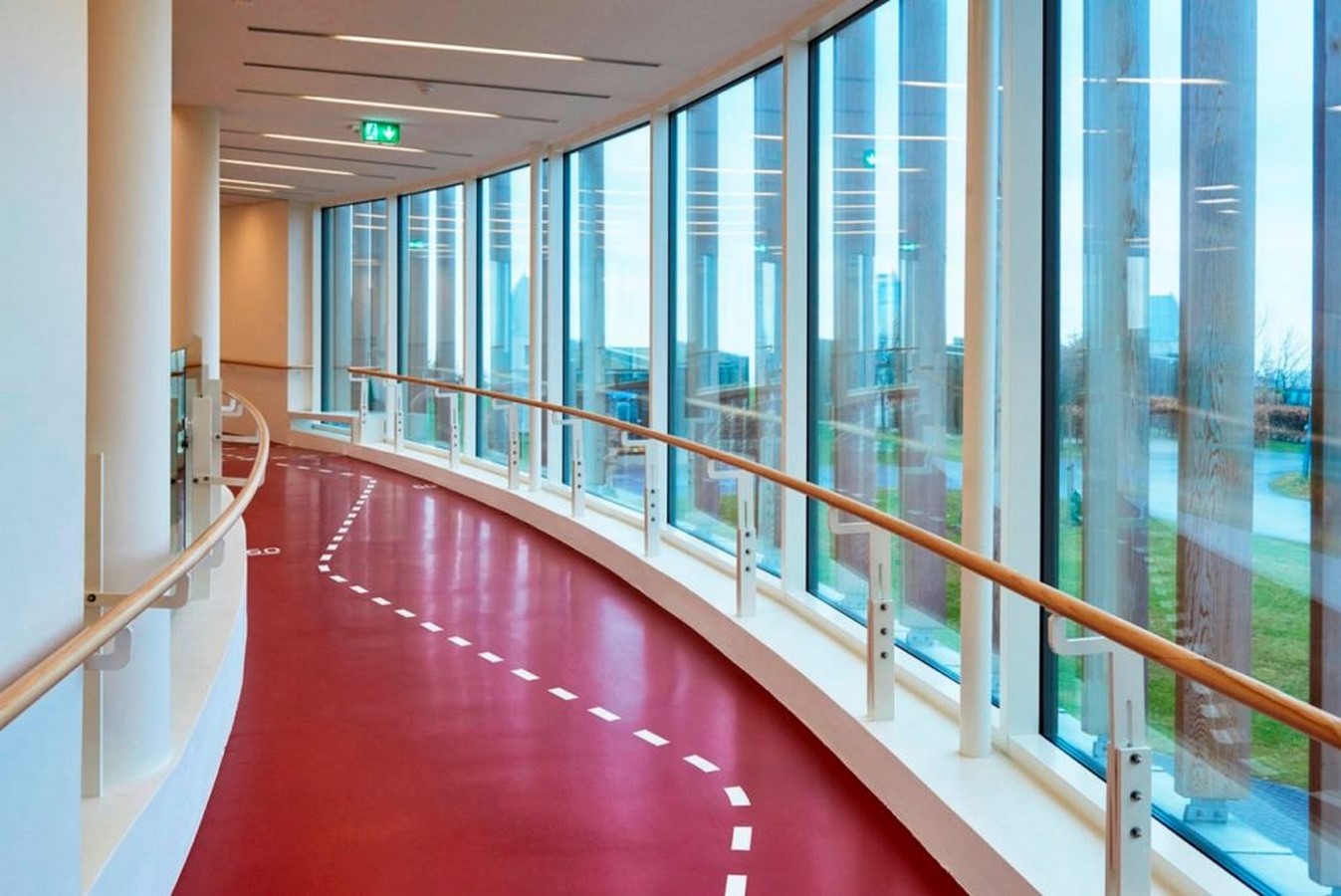How Does Architecture Incorporate Principles Of Universal Design For All Abilities?

Have you ever heard of Universal Design Architecture? It’s a design concept that is becoming increasingly popular around the world and in the United States. In its essence, it’s about creating spaces that everyone can utilize, no matter their age or ability.
So, what does this mean? Why is Universal Design Architecture so important? We’ll dive into the details here, breaking down the top reasons why this architectural concept is vital for our present and our future.
What is Universal Design Architecture?
Before diving into why Universal Design Architecture is so vital, let’s first define what it is. Universal Design Architecture is the design of buildings, products, and environments that can be used by everyone, regardless of their physical abilities. It’s a way of creating spaces that are accessible to all, no matter their age, ability, or mobility limitations.
The focus of Universal Design Architecture is on making spaces that are safe, easy to use, and convenient. It’s about making spaces adaptable and flexible to the needs of all individuals who may use them.
Why is Universal Design Architecture So Important?
There are a variety of reasons why Universal Design Architecture is so important. Here are the top reasons why:
1. Increases Accessibility for Everyone
By designing spaces that are accessible to all individuals, regardless of their abilities, we can increase accessibility in our communities. This not only allows those with mobility limitations to get around more easily, but it also helps individuals with vision, hearing, and cognitive impairments to feel more comfortable and confident as they navigate different spaces.
2. Supports Aging in Place
Universal Design Architecture can also support aging in place, allowing individuals to live in their homes longer as they age. When homes are designed with universal design features, they become more accessible and accommodating to individuals as they experience changes in their abilities and mobility.
3. Provides Flexibility and Adaptability
Universal Design Architecture is all about creating spaces that are flexible and adaptable. By doing this, spaces can change and be altered to fit the needs of different individuals as they come and go. This means that spaces can be used by a wide variety of people at different times, making them more efficient and useful for everyone.
4. Promotes Inclusivity
Creating spaces that are accessible and accommodating to everyone promotes inclusivity and helps to break down barriers between different groups of people. It’s important that our communities are designed in a way that welcomes and supports everyone.
5. Helps to Prevent Injuries
Universal Design Architecture can also help to prevent injuries. By designing spaces that are safe and easy to use, we can prevent accidents and injuries that could occur if spaces were not designed with safety in mind.
6. Saves Money in the Long Run
While it may cost more money up front to design and build spaces with universal design features, it can save money in the long run by reducing the need for costly renovations or modifications down the road.
7. Benefits the Environment
Universal Design Architecture can also benefit the environment. By designing spaces that are adaptable and flexible, we can reduce the need for new buildings or environments to be built from scratch. We can instead repurpose existing spaces and buildings to make them more accessible and accommodating to all individuals.
FAQs:
What are some examples of Universal Design Architecture features?
Some common examples of Universal Design Architecture features include:
- Wider doorways and hallways to accommodate individuals who use wheelchairs or walkers
- Lever-style door handles that are easier to use for individuals with limited mobility
- Non-slip flooring that reduces the risk of falls
- Lower light switches and thermostats that are easier to access for individuals who use wheelchairs or are of shorter stature
- Built-in seating throughout public spaces to provide rest areas for individuals who need them
Who benefits from Universal Design Architecture?
Everyone benefits from Universal Design Architecture! It’s about creating spaces that are accessible to all individuals, regardless of their physical abilities or limitations. This can include individuals with mobility limitations, vision or hearing impairments, or cognitive disabilities, as well as individuals who are aging.
How can individuals incorporate Universal Design Architecture into their homes?
Individuals can incorporate Universal Design Architecture into their homes by utilizing some of the features outlined above, such as wider doorways, lower light switches, and non-slip flooring. They can also consider adding grab bars in the bathroom, creating a zero-entry shower, or installing a stairlift or ramp to aid in mobility throughout the home.
By incorporating Universal Design Architecture features into our homes and communities, we can create spaces that are safe, accessible, and accommodating to all individuals.
In conclusion, Universal Design Architecture is an incredibly important concept that is gaining traction around the world. By creating spaces that are accessible and accommodating to all individuals, regardless of their abilities or mobility limitations, we can improve the health, safety, and inclusivity of our communities.
Whether we are designing a new building, renovating an existing space, or simply thinking about how we can make our homes more accessible, it’s important to keep Universal Design Architecture in mind.




Post a Comment for "How Does Architecture Incorporate Principles Of Universal Design For All Abilities?"